25 Ways to Use Almost-Spoiled Food
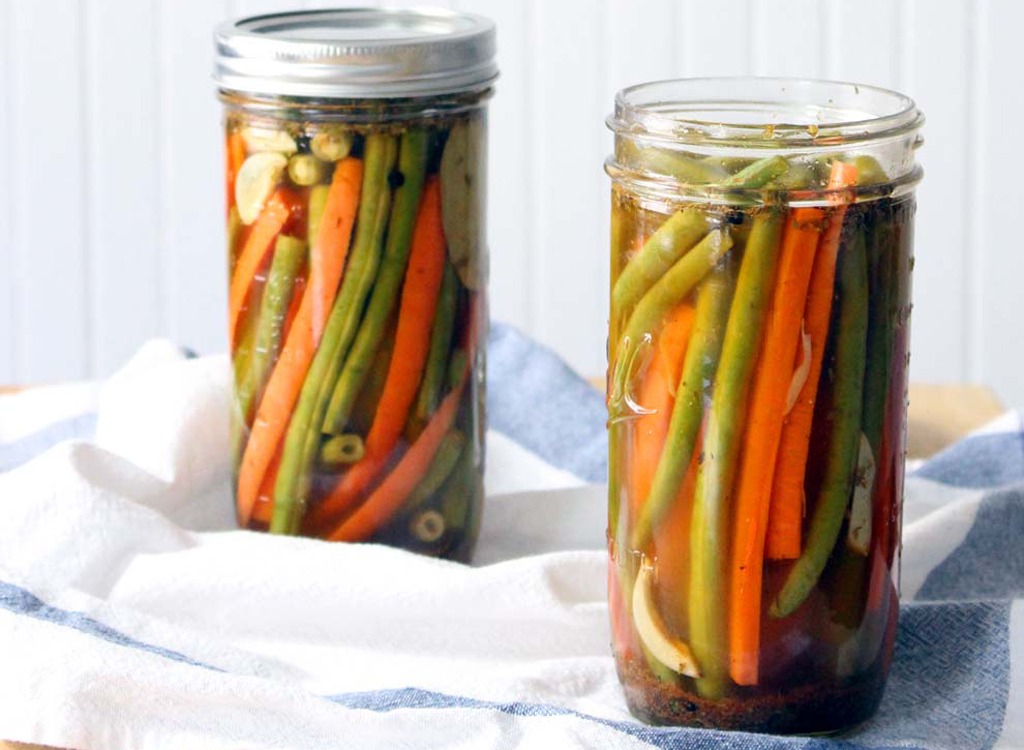
Picture it: You’ve loaded up on nutrient-packed clean food at the grocery store, farmers’ markets, and the butcher, fully intending to prepare healthy meals for the next week or two. But in reality? You aren’t able to eat all of the food before it wilts, browns, or spoils—and then your hard-earned money goes into the trash. And you aren’t alone: Americans chuck about 16 percent of the food they buy, according to the United States Department of Agriculture. That’s a whole lot of money and wasted food going into the landfills, simply due to food spoilage.
Here’s how to tap into your sustainability prowess to save yourself time, money, and guilt. Note that we’re not telling you to eat spoiled food; we don’t want anyone sick! But if something is still safe and simply on its last legs, follow these recipes and kitchen hacks—and why not whip up one of these 20 Sheet Pan Suppers You’ll Love, too?!
Fruits and Vegetables
Leafy Vegetables
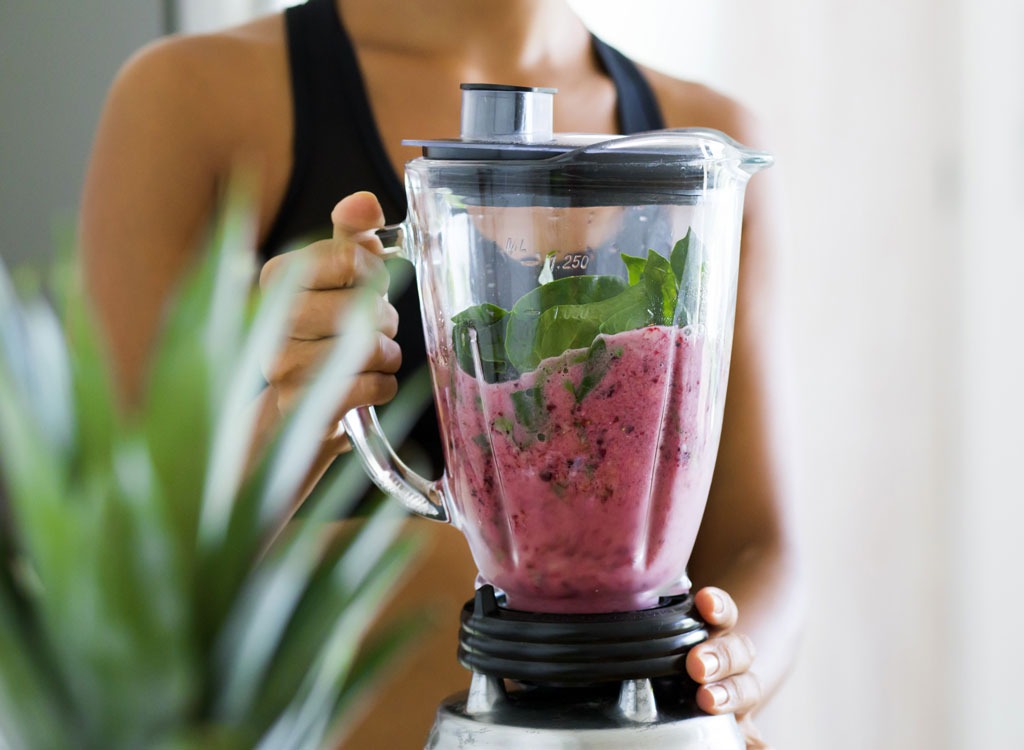
Saving nutrient-dense greens like spinach and kale from a last-minute trashing is actually super simple: Throw a handful in with your next smoothie! These greens also freeze pretty well by popping them in a freezer-safe bag or by pouring puree in ice cube trays.
Berries and Grapes
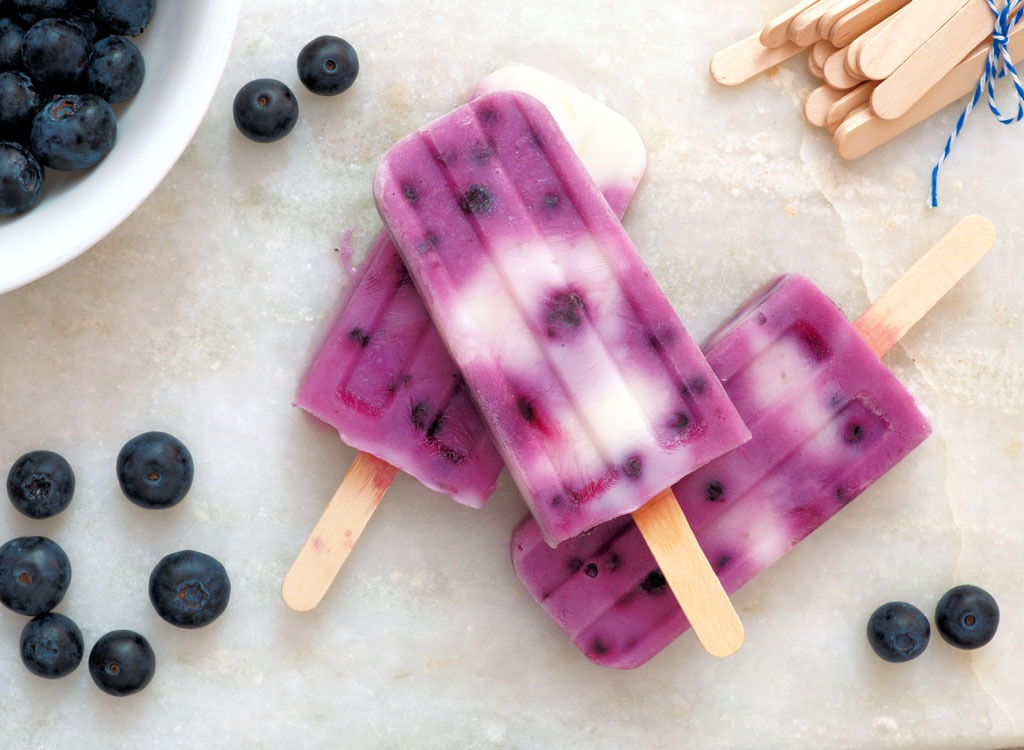
Berries and grapes are certainly delicious, but they come with a big price tag, so it’s extra-important to use them before they turn to mush. Berries can be blended into smoothies or with yogurt to make popsicles; grapes turn into a tasty snack when frozen. But both last the longest when you turn them into healthy jams and preserves.
Bananas
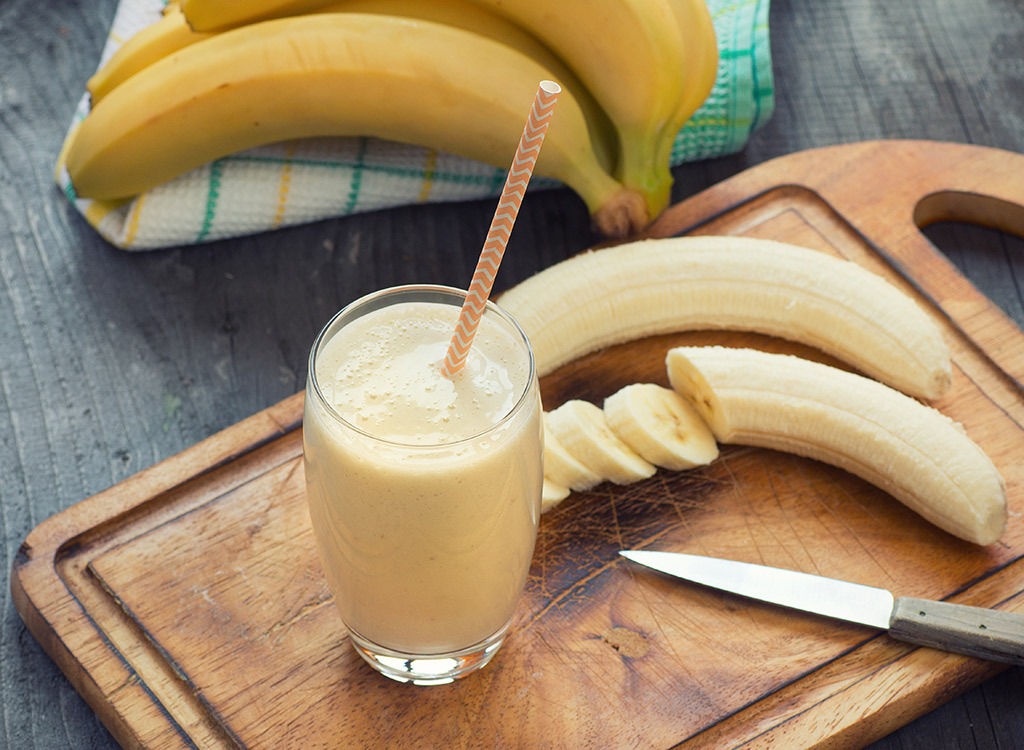
Bananas are notorious for turning brown in just a couple of days. The bruised flesh might not taste so great when raw, but overripe bananas have just the amount of sweetness and consistency to make any one of these 20 Healthy Banana Bread Recipes. No time to bake? Pop one into your favorite Zero Belly Smoothies to pump up the texture.
Apples
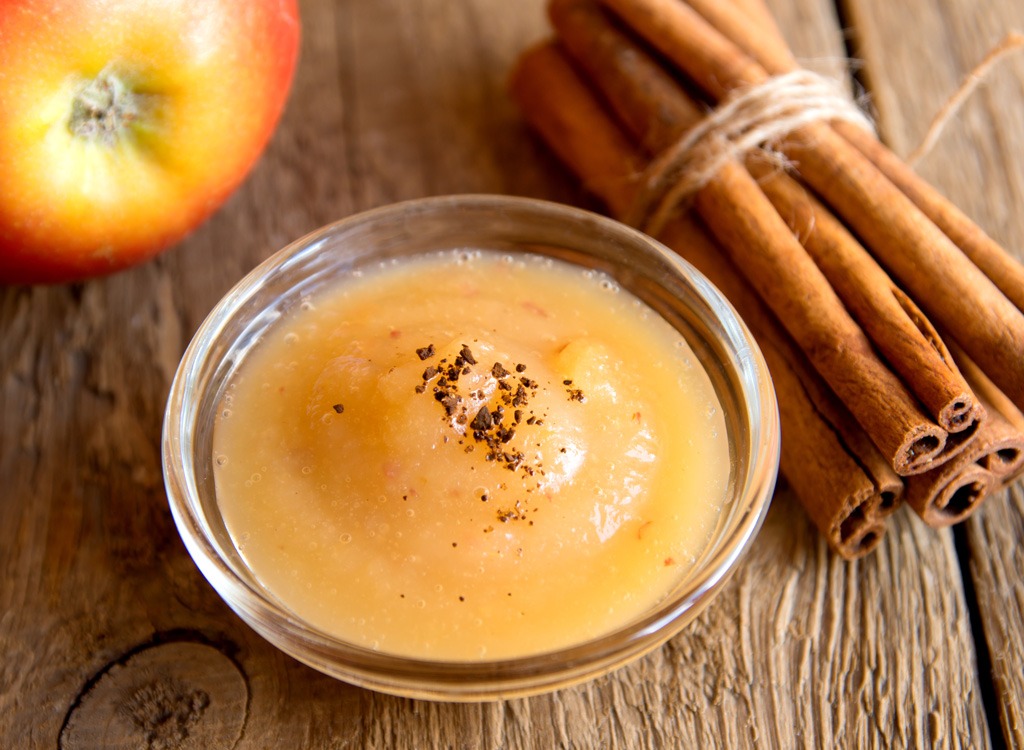
There are a million-and-one ways to use apples that have passed their peak. The easiest is to cut those doctor-repellers in half and bake them with a sprinkle of sugar and raisins. If you’re not ready to eat your apples right now, cook them up to make applesauce or leave them on the stove a little longer to make apple butter. (Just cut away the bruised parts first, so the taste isn’t altered.)
Zucchini
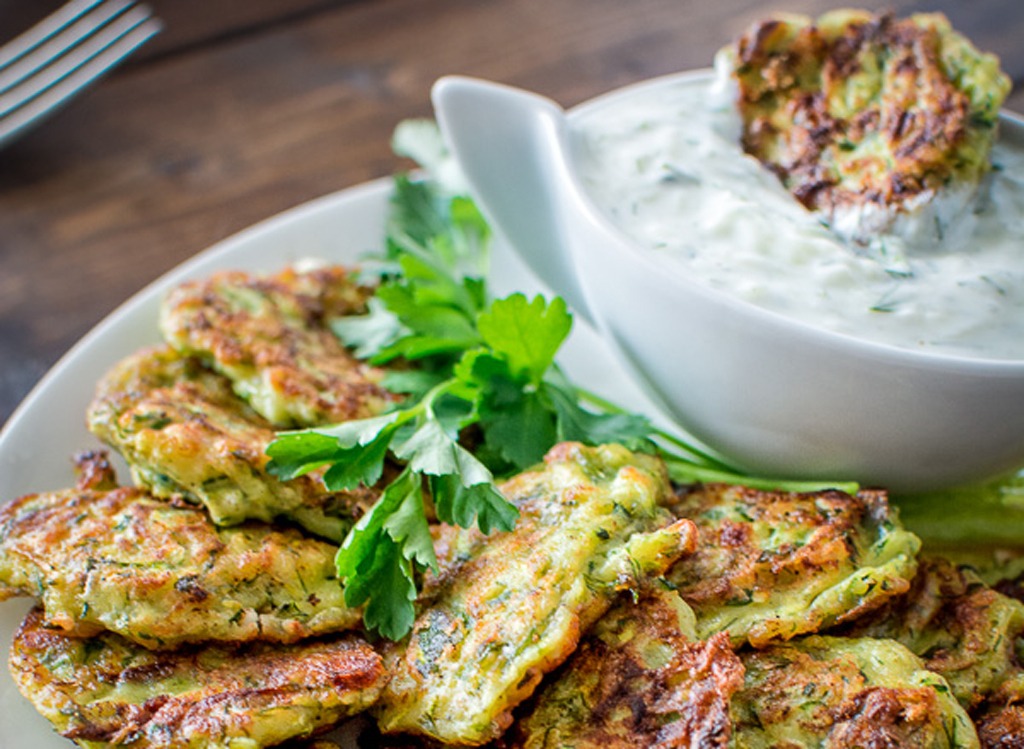
Here’s a clever solution for zucchinis that aren’t as crisp as you’d want anymore: Grate and toss with egg and flour to create fritters that are both filling and easy to freeze. If that’s not an option, spiralize them and toss with olive oil to create “zoodles,” a low-carb pasta you’ll swear tastes like your favorite spaghetti noodles. Love pasta? Then you’ll adore these 40 Ultimate Pasta Tips to Stay Skinny!
Get the recipe from Cooktoria.
Cucumbers
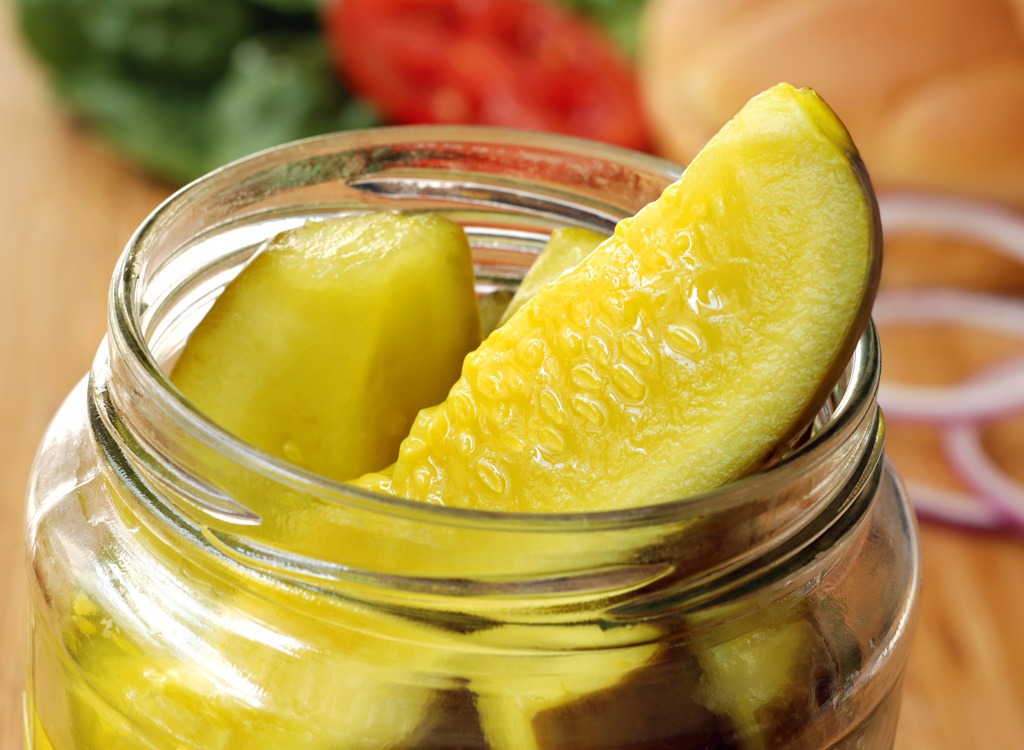
Cucumbers are a summertime favorite, but they taste even better when pickled! Slice the veggie and add it to a mixture of salt and sugar. Put in the fridge until it’s all dissolved and then add a mixture of equal parts vinegar and water and keep chilled. You can even add dill if you want those slices to be extra flavorful.
Potatoes
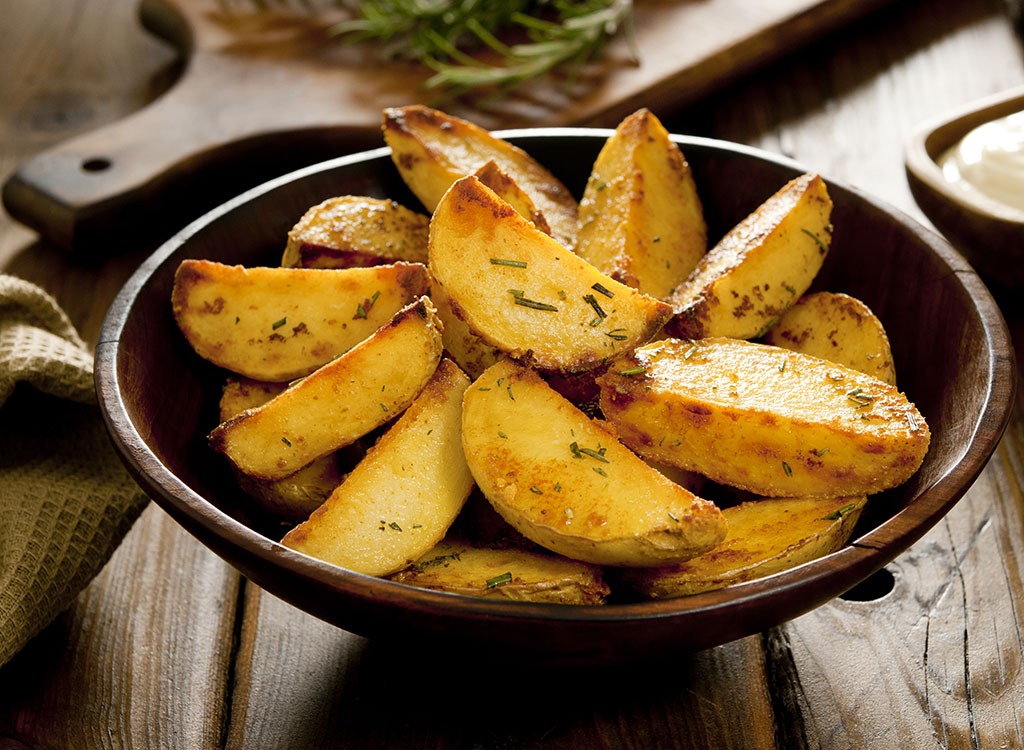
Potatoes usually last for a long time. But when you’re not sure about their status, you can give them another five or six days as a leftover by tossing them in olive oil and roasting them at 450 degrees until the edges are golden brown and a bit crispy. The spuds can then be reheated and used as a side dish or mixed into soups and omelets. Here’s what not to put in your soup, though: 20 Worst Ingredients to Put Into Your Soup
Lemons
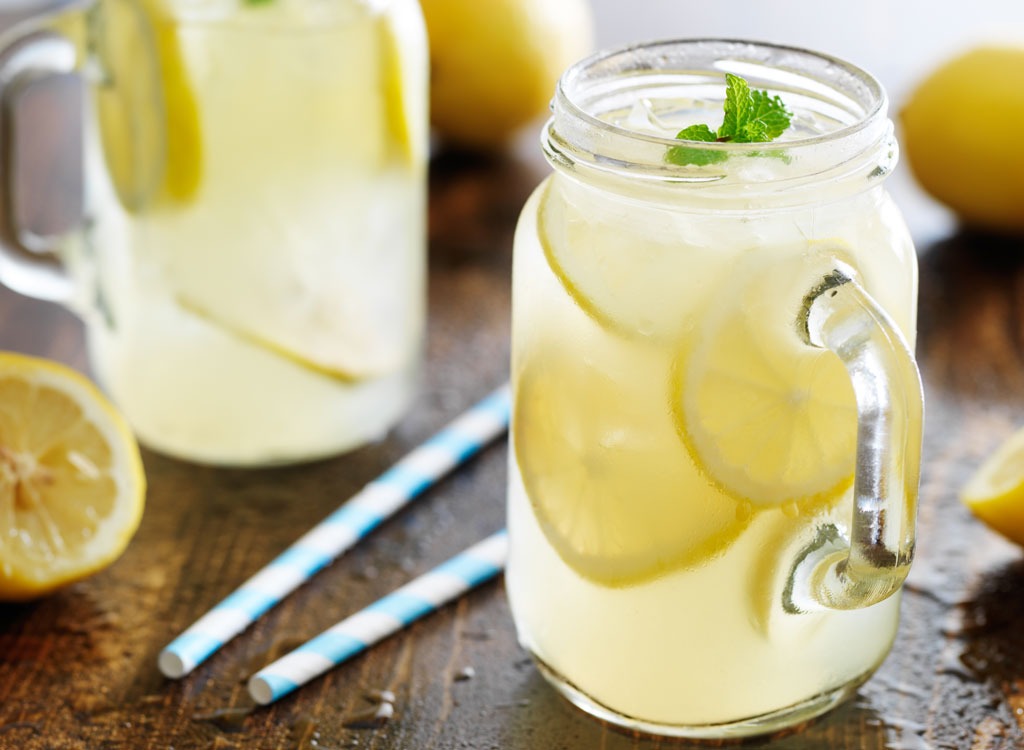
What do you do when life gives you overripe lemons? You made lemonade! No, really: Slightly overripe lemons are good for making some fresh-squeezed juice. But you typically have plenty of time to use lemons—one to two months—if you store them in the refrigerator. Lemons that don’t look so good (but taste fine) should be squeezed of all juice and used to garnish recipes or add flavor to fish.
Green Beans
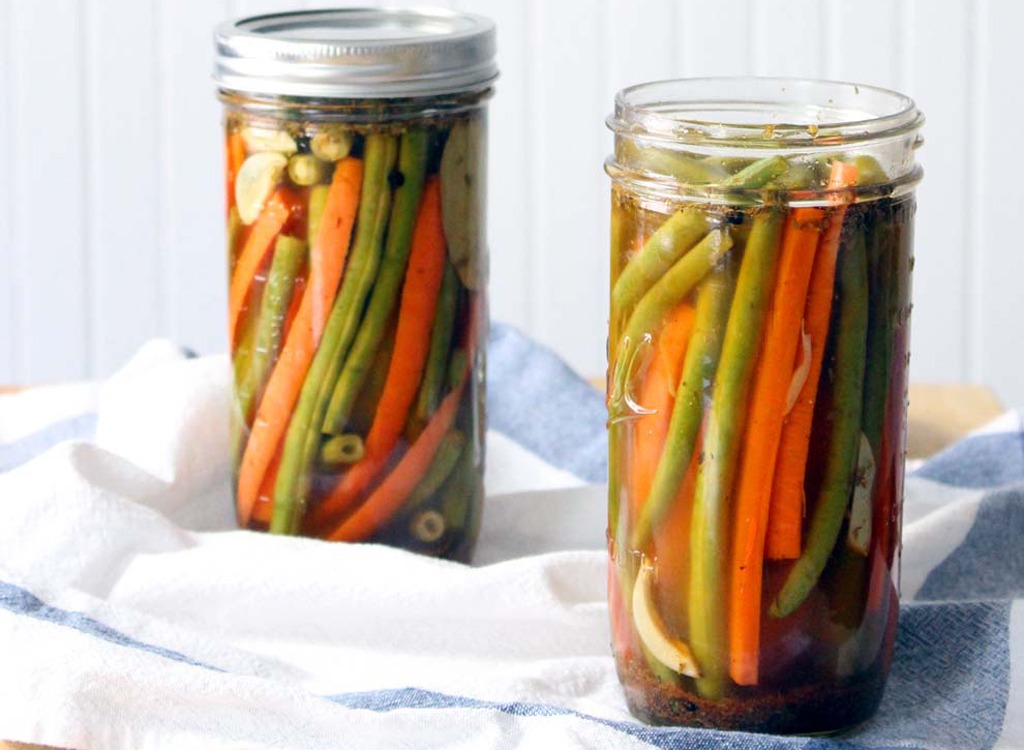
You can never have too many healthy snack ideas, so add this tip to your arsenal: Make your own gut-friendly “pickles” by fermenting your green beans. What to do: Cut up your beans into small pieces (about one inch or so) and put them in a wide-mouth jar, leaving a couple of inches at the top. Mix in a brine made of sea salt and filtered water, cover with a towel or lid, and leave at room temperature for about a week.
Get the recipe for the pickles pictured above from Bowl of Delicious.
Asparagus
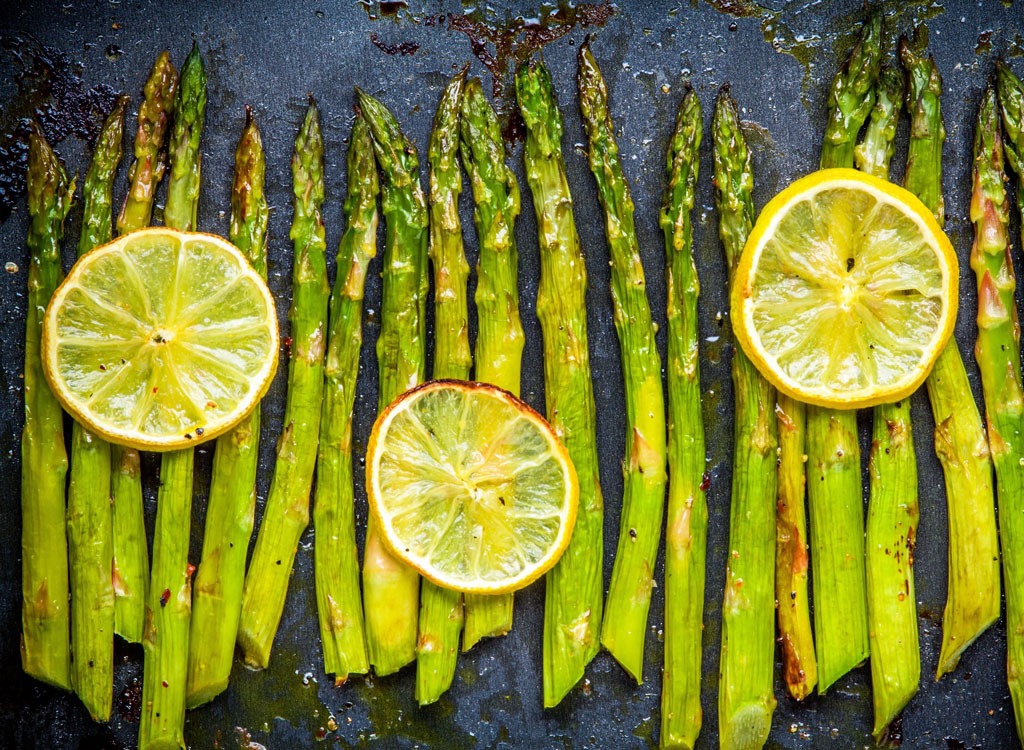
Overripe asparagus isn’t always simple to see with the naked eye, but you’ll know it’s on its way out when the tips turn a dark green or black color and feel mushy to the touch. Revive your unused bunches with a quick blanch and then freeze. This will give you another six to eight months—plenty of time to add the tasty veggies to a dish. Speaking of freezers, don’t miss these 20 Make-Ahead Meals to Keep in Your Freezer!
Apricots and Peaches
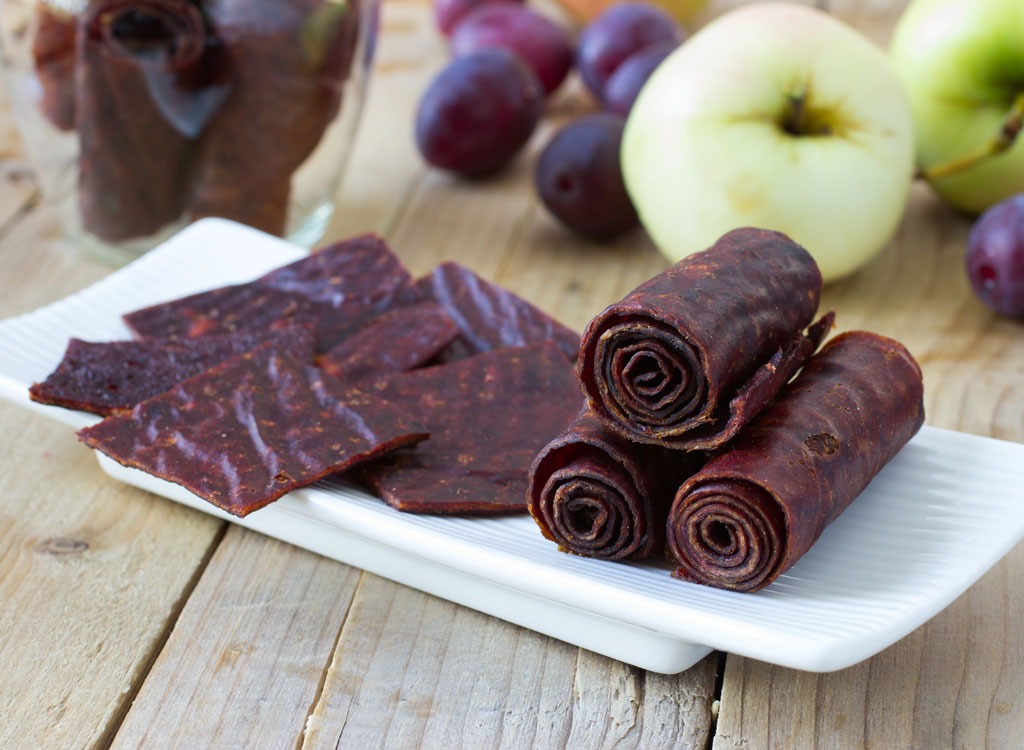
Apricots and peaches are much like berries when it comes to saving them from spoilage. They’re even more versatile, though, because both apricots and peaches also make tasty fruit leathers when pureed and dried in a dehydrator. You can also mix them into chutneys and sauces to give a sweet zing to lean cuts of pork.
Dairy and Eggs
Milk
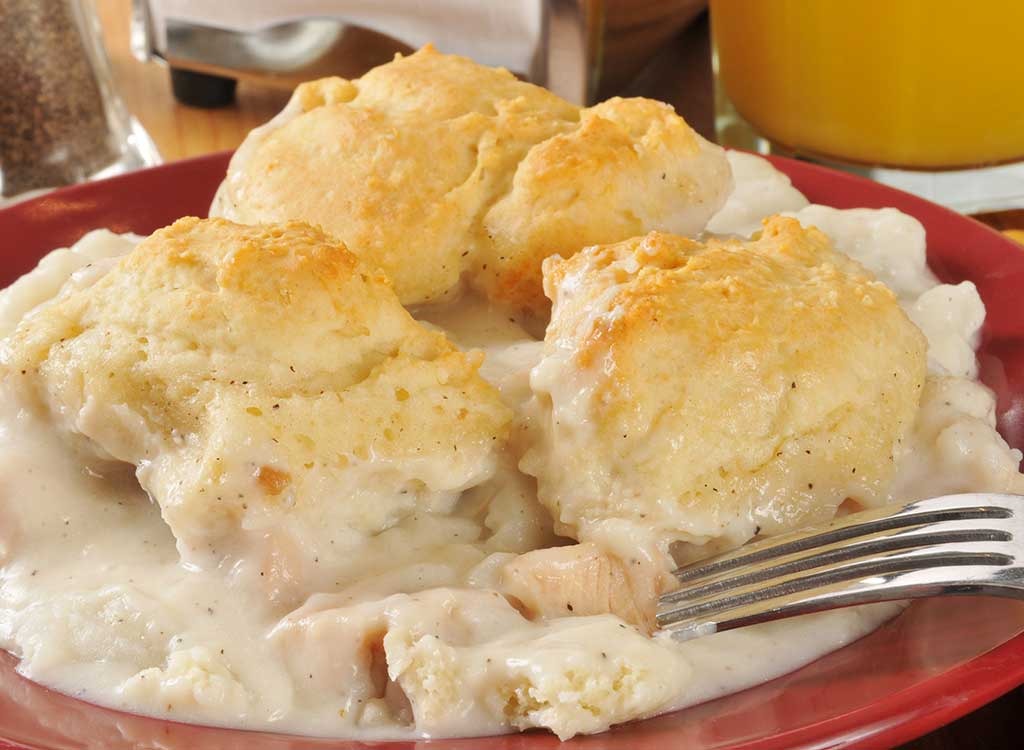
Milk will still be technically okay to drink for a few days past its expiration date, but you don’t have to toss it out once it turns a bit sour. Sour milk can actually be used in baked goods (like biscuits or pancakes) to give them a better texture!
Cheese
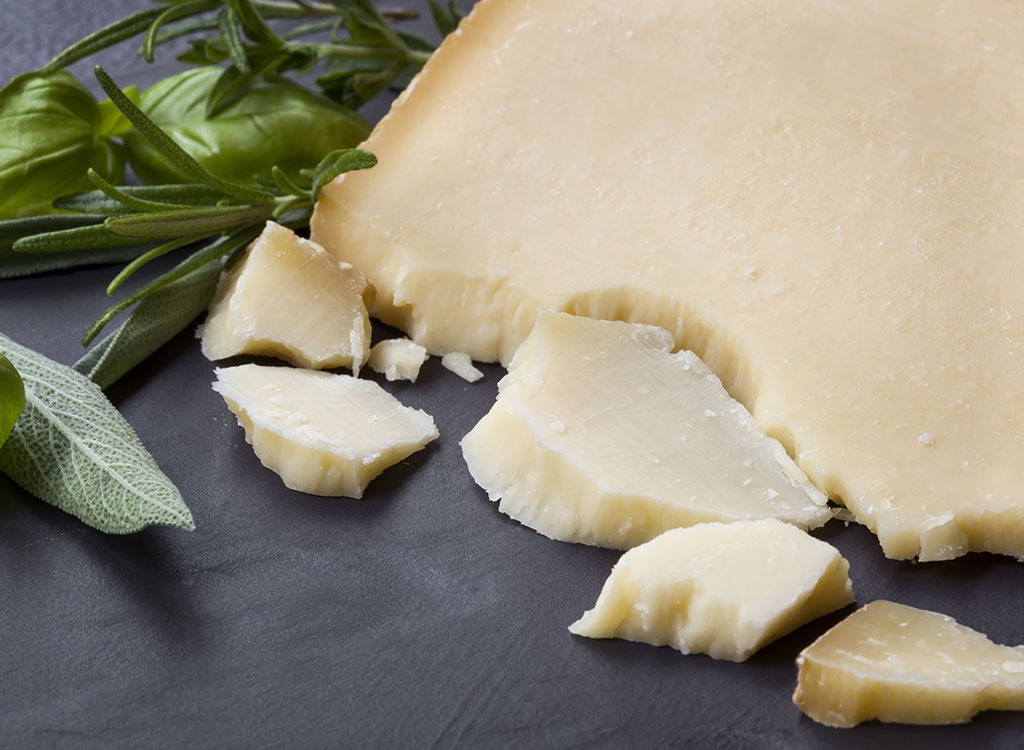
It’s difficult to tell when some cheeses go bad because certain aged varieties actually taste better when they’ve got a little mold going on. The general rule for your home: The higher the moisture in the cheese, the sooner it’ll go bad. Some fresher varieties, like mozzarella and goat cheese, will only last a few days—so your best bet is to plan immediate meals around them. (Parmesan cheese is a dry cheese and can last much longer.) Most cheese can be put in the freezer for six months, but firmer varieties tend to withstand the cold longer and better than softer ones. Insider tip: To add a non-dairy parmesan flavor to your dishes, try nooch!
Cottage Cheese
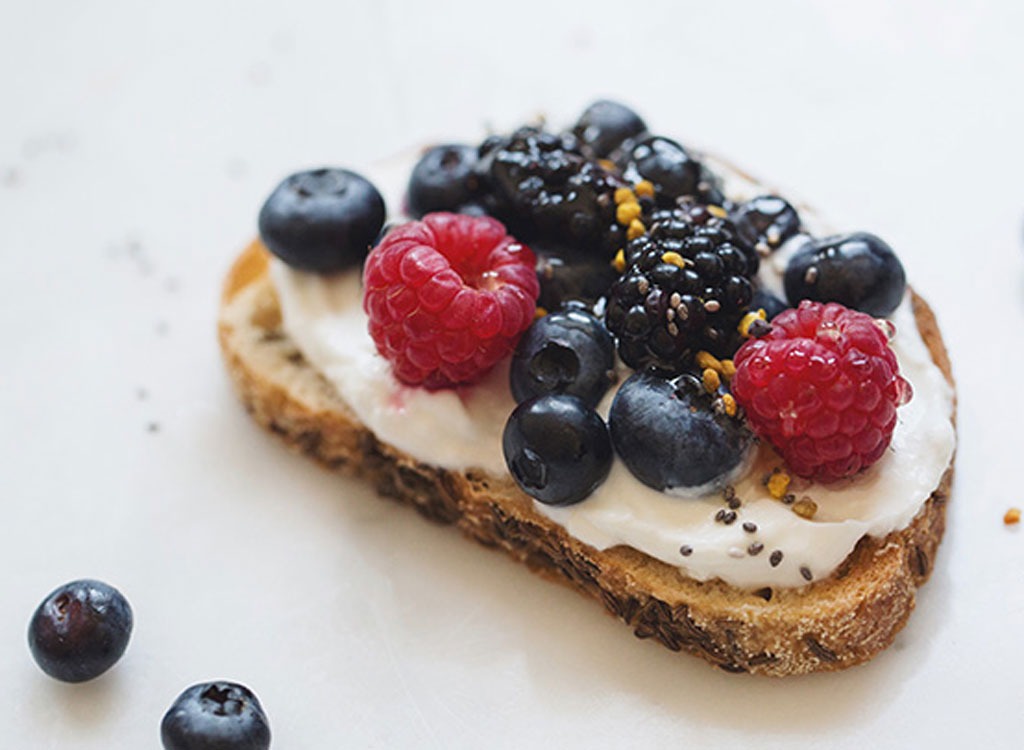
“Cottage cheese” can feel like a synonym for “food spoilage” at times because it spoils faster than any other cheese. It generally has a shelf life of about 30-45 days if it’s unopened, but only a week if opened. So, you’ll have to eat it quickly, either by using it as a substitute for ricotta (in dishes like lasagna) or by creatively pairing it with toast, veggies, or fruit. You can also use it to make high-protein biscuits by substituting it in place of milk for many recipes.
Yogurt

Like milk, yogurt will last much longer than the expiration date claims. Your best bet is to go by taste—if it seems off, don’t eat it. That said, if you’re not willing to eat it straight-up but don’t want to throw it away, you can use it in baking goods in place of milk or buttermilk (like with cottage cheese). For those of you who love D.I.Y. beauty treatments, you can also mix it with oats to create a skin-soothing treatment that will soothe redness and sunburns. To figure out which yogurt to buy in the first place, check out these 25 Best Yogurts for Weight Loss.
Butter

There’s a continuing debate on whether you should store your butter in the refrigerator or the kitchen counter. It’s really up to preference, but exposing the butter to oxygen makes it go rancid faster, meaning it’ll taste bad. If you’re on the edge and don’t want to use old butter in recipes, use it as a hack in a variety of ways! The fats in butter are great for getting sticky things like gum out of hair. (Moms, we’re looking at you!) It’ll even work to get sap and other sticky materials off your car seat. Simply rub it on with a towel and rinse off with soap and water.
Eggs
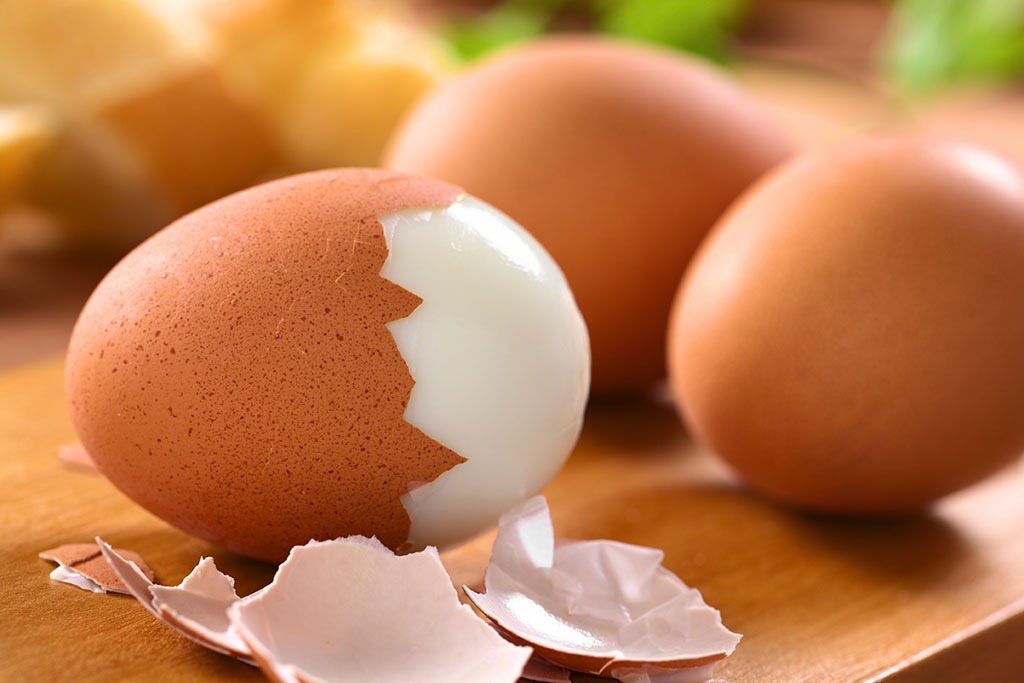
The good news: Eggs are usually good for several days past the expiration date. The simple way to check their status is to do “the float test” by placing them in a bowl of water. If they float, they’ve gone bad; if they sink and lay horizontally, they’re still good. If you don’t have any immediate plans to use them, just hard-boil them, peel, and pickle them in a jar with a brine made of water, vinegar, sugar, and salt.
Pantry Items
Peanut Butter
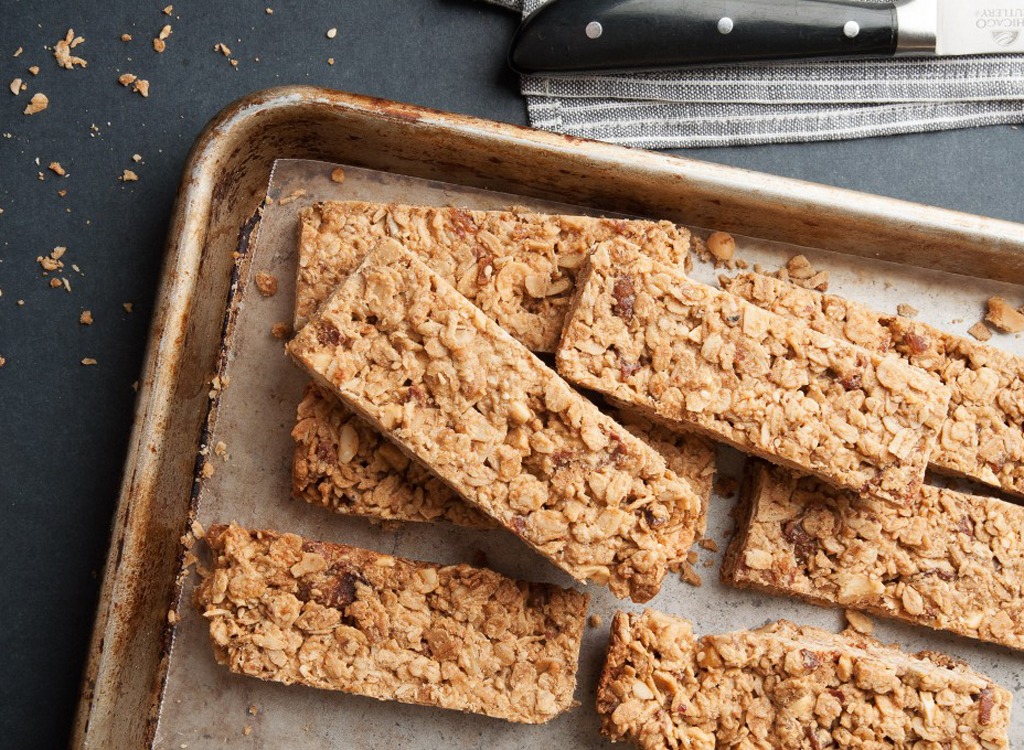
The good news: Peanut butter has a longer shelf life than many foods on this list. That said, it can still go rancid after a year even with a bunch of preservatives. (Find out if your favorite is a best or worst on our exclusive list of The 36 Top Peanut Butters—Ranked!) Natural peanut butters—like ones you grind yourself—can go bad and must be used within a couple of months. Your best bet: Keep an eye on the “best buy” date on your jar and then make a batch of peanut butter protein bars (or any other healthy peanut butter-based) treat before it has a chance to change.
Get the recipe from I bake he shoots.
Nuts

Nuts, like their creamy butter counterpart, can turn rancid and stale after a couple of months of sitting in the cupboard at room temperature. It’s best not to use stale nuts—they’ll taste pretty bad—so extend the shelf life by freezing after purchase. Then, just portion out the frozen nuts as you need them; they’ll be good for two years sitting in the cold.
Tortillas

The perfect staples for wraps or Mexican-inspired meals, tortillas can go stale before you know it. Perk them up by spritzing them with a little water and then heat them in the oven or microwave. Or use them to make a tortilla pizza with your choice of meat, cheese, sauce, and vegetables.
Bread

Few things are more frustrating than finding a loaf of moldy or stale bread in your cabinet. Most bread will stay good for a couple of days after the “best buy” date but stay ahead of the curve by finding a use for it as soon as that date hits. One of the easiest ways to do that is to make a stockpile of breadcrumbs that can be used for everything from fish to healthy chicken recipes. Simply bake the bread in an oven on low (around 150 degrees F) until it’s dry and brittle. Then, put the bread in your blender or food processor until they’re crumbs and store in your fridge. Alternatively, stale bread is also the perfect base for making baked croutons or french toast!
Meats and Seafood
Beef
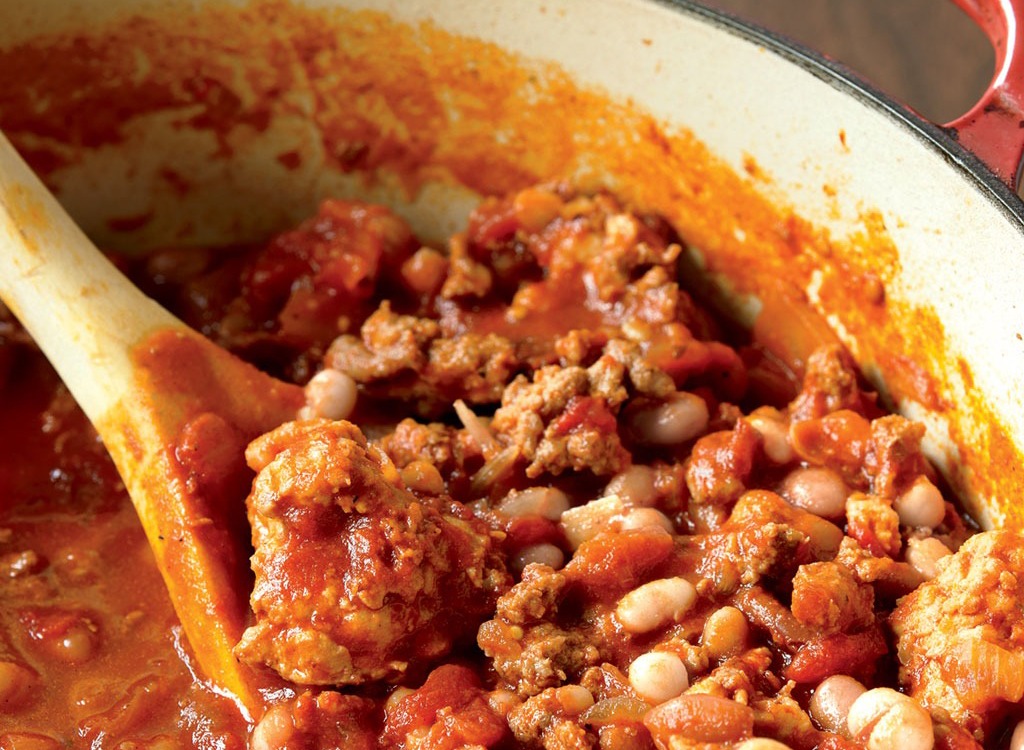
Let’s face it: Beef is expensive—especially if you opt for healthy grass-fed varieties—so throwing it away can be really frustrating. If you’ve got some ground beef nearing its spoil date, you have two main options: Freeze it in airtight bags or get creative with meals. Crockpots come in handy in this case; just brown the meat and throw in with beans, tomato juice, onion and some chili powder for a cold weather chili. Get more ideas with these 35 Healthy Crock Pot Recipes.
Chicken
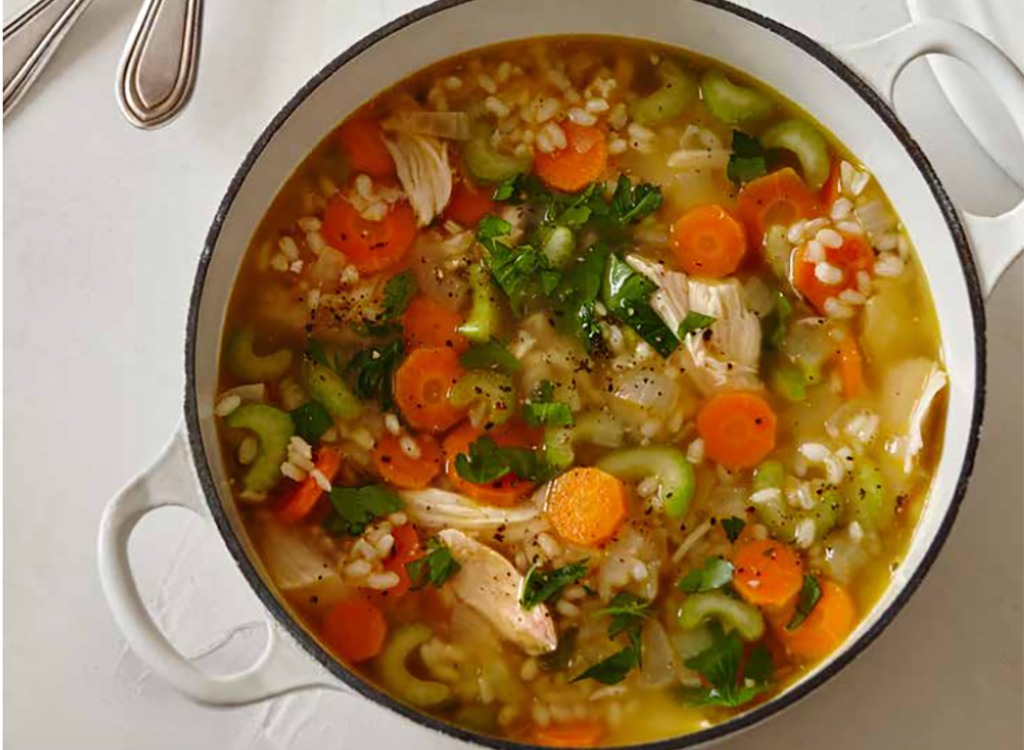
Chicken is typically still good a little bit past its expiration date—as long as it doesn’t smell bad. One of the easiest ways to use a bunch of chicken (especially lean breasts) all at once is, again, in a crockpot. Simply put all of the chicken breasts in the cooker and add some chicken broth to keep it moist. Cook on low for eight hours and then shred with either a fork or a hand mixer. The shredded chicken can then be a tasty topping for salads. Or pair it with some cheese, tomatoes, lettuce and tortillas for chicken tacos!
Fish
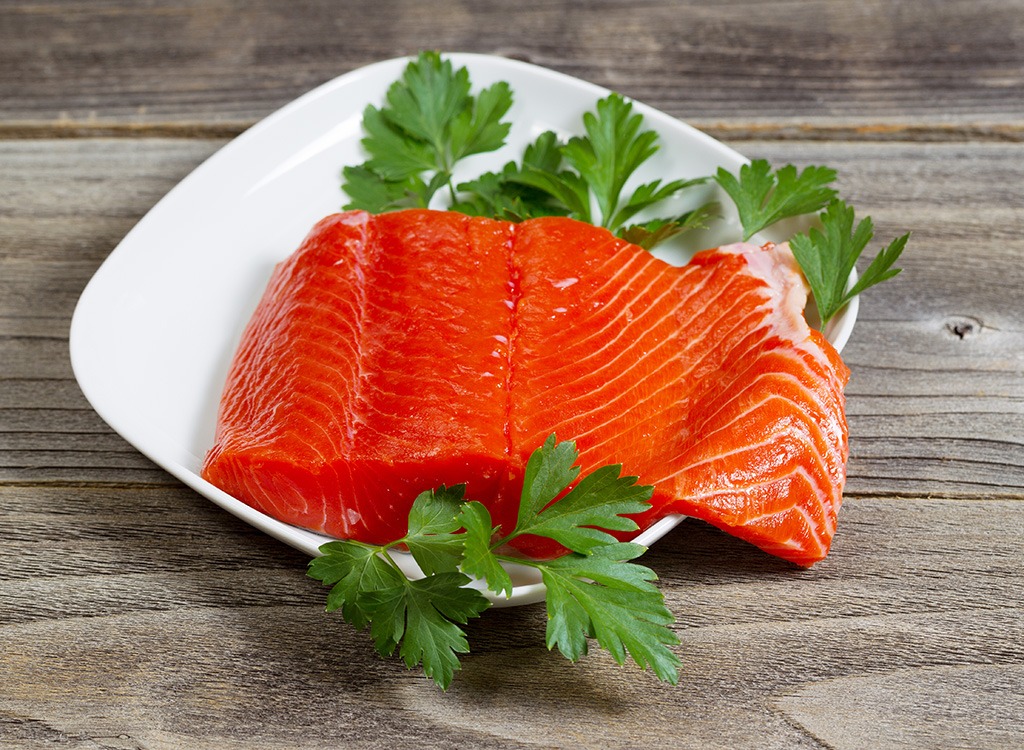
You can’t take food spoilage lightly when it comes to fish; it’s truly one of few foods that should never be consumed past its expiration date. Fish tends to go bad pretty quickly, resulting in both a terrible smell (and taste) and an increased risk for food poisoning. It’s best to purchase your fish as a whole and then cut it into filets at home because it’ll last longer (about three days). If you have to buy filets, make sure you cook it as soon as possible. Cooked fish can be stored for a few days in your refrigerator and reheated for meals like fish tacos. That said, if you find a good deal on wild salmon, go ahead and buy it because it’ll freeze well and last for a couple of months. Make sure you’re buying a healthy fish in the first place, though; you don’t want huge doses of mercury or to be wasting your money on seafood that has very little nutrition. We break it all down for you in our exclusive report on 40+ Popular Types of Fish—Ranked for Nutrition.
Shrimp
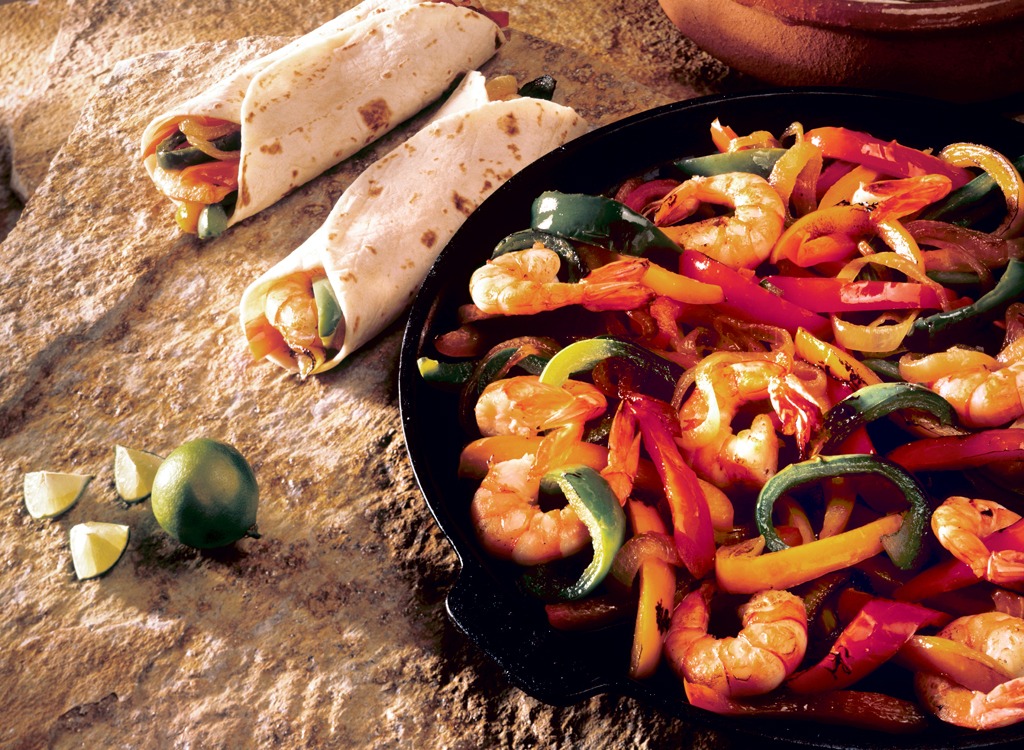
Like fish, shrimp should be cooked quickly if you buy it fresh. Cooked shrimp will last in the refrigerator for up to five days, but you should throw it out immediately if it has a smell or is slimy to the touch. Your best bet: Cook up any shrimp that you think is near then end and then work it into pasta dishes or as a salad topping. Freezing, like many of the foods on here, also keeps it safe a few more months.